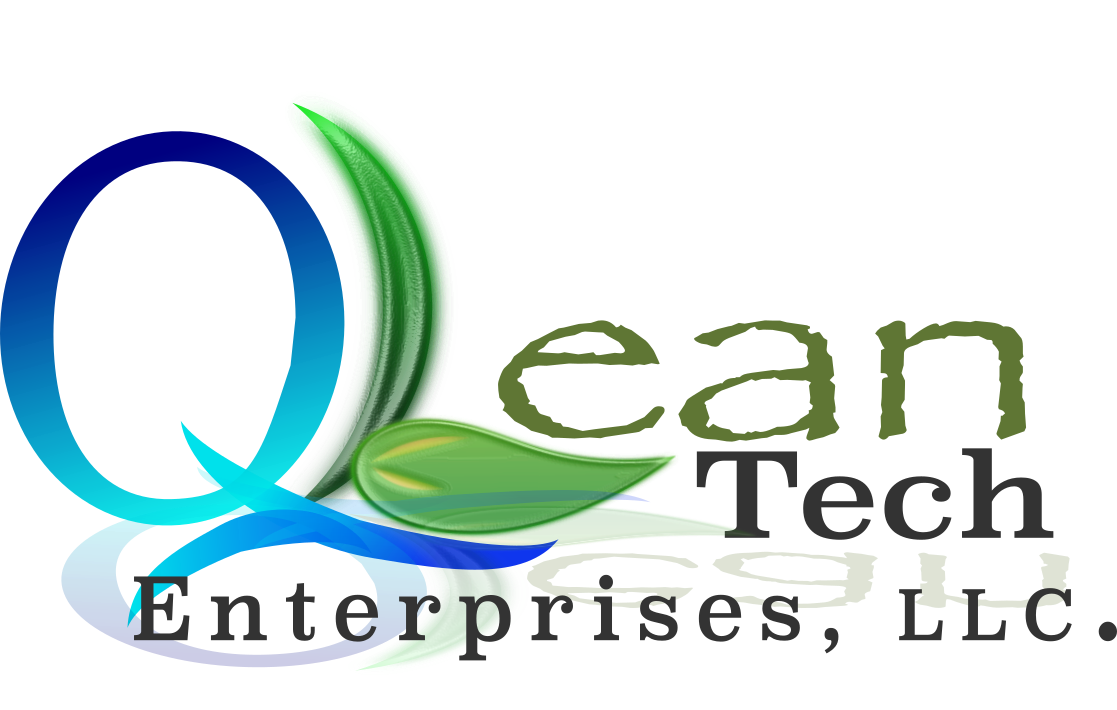The science of cleaning, as it were, has by and large concentrated on how effective sanitizers (disinfectants) are at reducing the virulence of pathogens. This focus has been driven by chemical companies and also accepted by regulatory authorities giving rise to the very common, and quite dangerous, misconception that it is possible to sanitize without cleaning first. For example, many branded sanitizers (disinfectants) advertise a certain “log reduction”in pathogens without explaining these results were validated in a laboratory environment relatively free of bio-burden (dirt) and are, frankly, irrelevant in the field. Anyone who has ever cleaned a bathroom understands that it is not sufficient to simply spray sanitizer over a soiled surface and walk away. The science behind that common sense involves the soil interference with the oxidizing power of sanitizers, in other words, the soil (dirt) “shields” pathogens from the sanitizer, allowing the continued spread of disease.
Our dish washers and clothes washers have sequential and adjustable cycles for heavy, medium or light soil loads. The first part of any effective sequence, is to remove gross contaminants. Brush the dirt off of the jeans; scrap the dishes and pans before landing the rack in the dishwasher. The initial cycle in automatic machines adds cleaning solutions to water to better enable it to remove soils such to the surface or within the matrices of the fabric in clothes. The anionic detergents we use with all of their bubbles and foam are ion fact toxic was the water evaporates and they revert to their original toxic concentrated form. The common notion in the toxic chemical industry is that the "solution to pollution is dilution" - that the toxin is in the dose. This has been going on for so long, that nearly everything is today polluted, even our drinking water.
When the dish washer or clothes washer is in the wash cycle, do we care how dirty the water gets, or what the "load" of organisms may be? Why would any reasonable person want to add a disinfectant at this stage, as even kids understand that trying to disinfect filth only creates more hazards - and cost. Among the hazards for adding disinfectants to dirty water are disinfection byproducts (DBP's) among which are known endocrine disrupters, and carcinogens called trihalomethane's, or THM's, . And to what avail? Do disinfectants help to "clean". NO! The only reason someone would suggest this silliness - is so that they can make more money (of course) by selling more toxic, regulated disinfectants that the U.S. Congress refers to as "economic poisons".
When we speak of CLEAN, we mean a condition reached in which the the soil interference on a surface is so low that when an approved disinfectant (sanitizer) is applied, infectious organisms are reduced to populations lower than their infective dose. Qlean Tech is unique in our rigorous approach to clean. Instead of using current, unreliable and subjective measures of clean, such as appearance of a surface, or "clean" to sight and touch, we use an instrument first brought to market over 20yrs ago, and long since perfected. This hand held instrument relies upon the bioluminescent of a enzymatic substances known as luciferase to highlight microscopically the most common contaminant found oh clean surfaces, adenosine triphosphate, or ATP. ATP, is the common molecular energy-currency of all life. When microorganisms perish, they leave these little ATP nutrient/energy packets behind for any nearby organism to consume. Not only to these little microbial presents nourish virulent (active/alive) microbes in the neighborhood, but they also work to inactivate any disinfectant or sanitizer you may be using to get at the surviving little nasties. Qlean Tech uses ATP for a quantitative measure of clean that we hen process validate - for each unique application and process. Any mom can tell you that the hardest thing to do is to CLEAN, and the simplest thing to do - is to sanitize or disinfect a clean surface. The impossible thing to attempt, is to disinfect filth, whether is a surface, a fabric or wash water for that matter.
Because we rely on an objective measure of CLEAN, we can guarantee a safe and pathogen free outcome for our client customers, but only if they follow our process validated protocols. These, are the protocols we first developed in our legacy business for our myriad domestic and global accounts, such as; Dole Fresh Vegetables, Princess Cruises, Caesars Entertainment, Cirque du Soleil, Dublin University Dental Hospital, Planmeca and many more.

